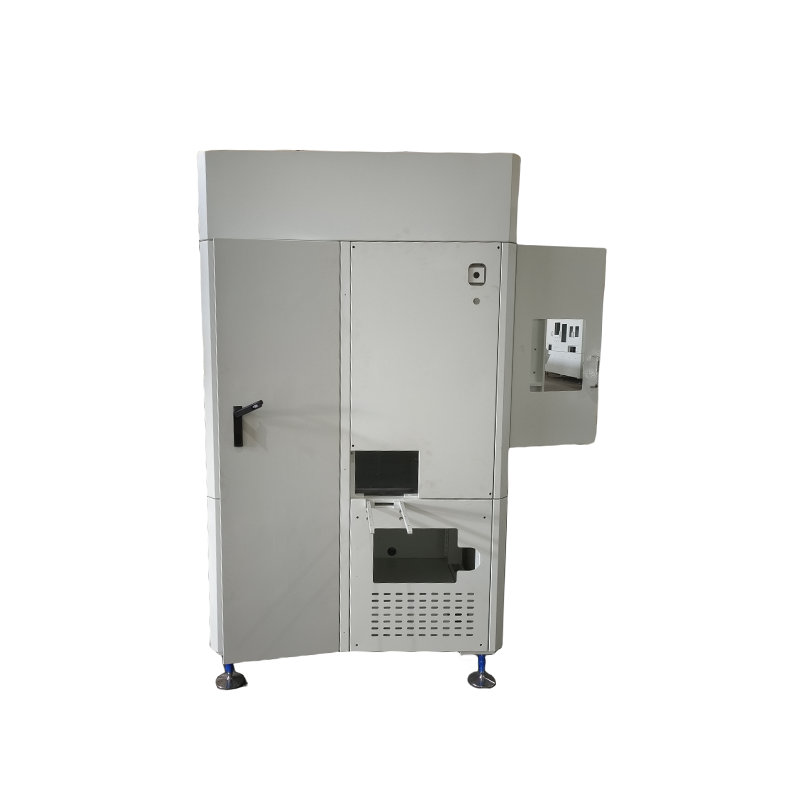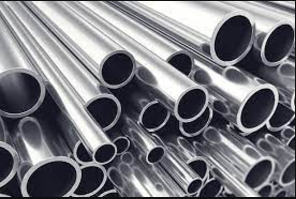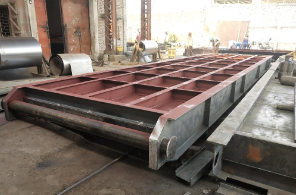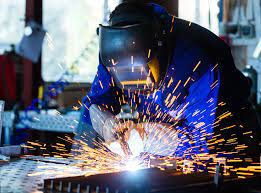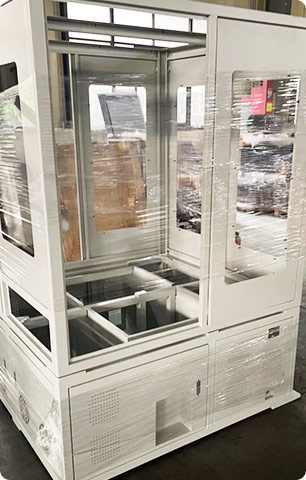Possible problems and solutions during welding processing
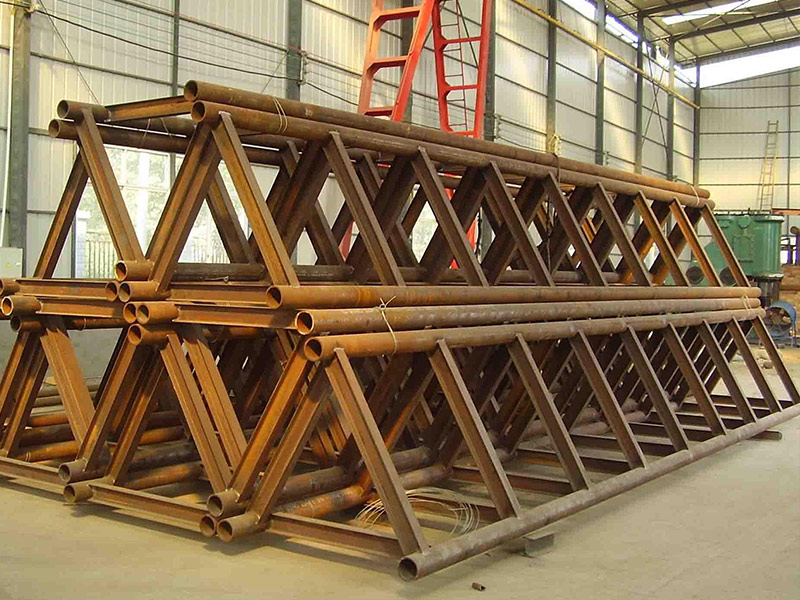
Welding is a method of energy transfer. Its principle is to rely on the heat generated by the friction between the electrode and the workpiece to melt the metal and form a joint, so it is called heat conduction; at the same time, a strong magnetic field (eddy current) is generated when the current passes through. , so it will also be attracted to the vicinity by the strong magnetic field generated around it.
In actual work, in order to improve product quality and efficiency, products often need to be processed multiple times; the most common one is the use of welding to assemble and assemble parts. For example, the mobile phone cases we often see are connected in this way; of course, some electronic and electrical products also need to use this technology.
Next, I will introduce to you some problems and solutions involved in the assembly process of sheet metal parts.
- Inaccurate positioning
For some components with higher precision requirements, precise positioning operations must be performed before assembly to ensure that the product quality is up to standard and can meet the production requirements! In the actual processing process, due to the influence of the equipment itself and the influence of human factors, positioning inaccuracies will occur; so how should we solve this situation?
The first thing we have to do is to check whether the operation of the equipment is normal and stable before we can determine whether there is a fault! The second step is to adjust or replace the mold with a new one according to the error situation that occurs! - Uneven seams
We know that in the actual processing process, various deviations will inevitably occur, resulting in unsatisfactory molding effects, which will affect our use needs and aesthetics! We can take the following methods to deal with this situation:
(1) The first thing we need to do is to polish the surface of the product so that subsequent operations can be completed smoothly.
(2) Secondly, different auxiliary materials should be selected for filling according to the actual situation.
(3) Corresponding plans need to be formulated and implemented based on the actual situation.
(4) If conditions permit, you can also choose to manually fill the glue.


